Engage AAC users with a manipulative core board!
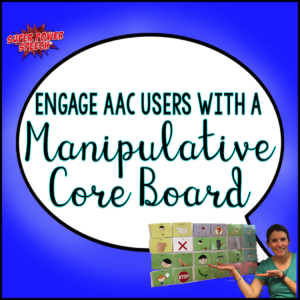
No products in the cart.

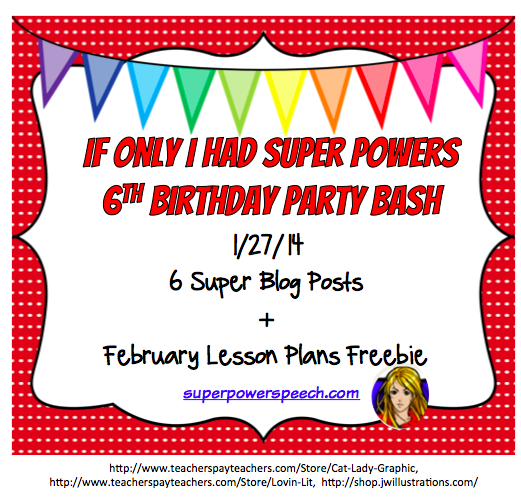
Click on the pictures to read my favorite post from each year I have been blogging! 2008 Because I know you want to know 100 random things about me! If you are looking for…
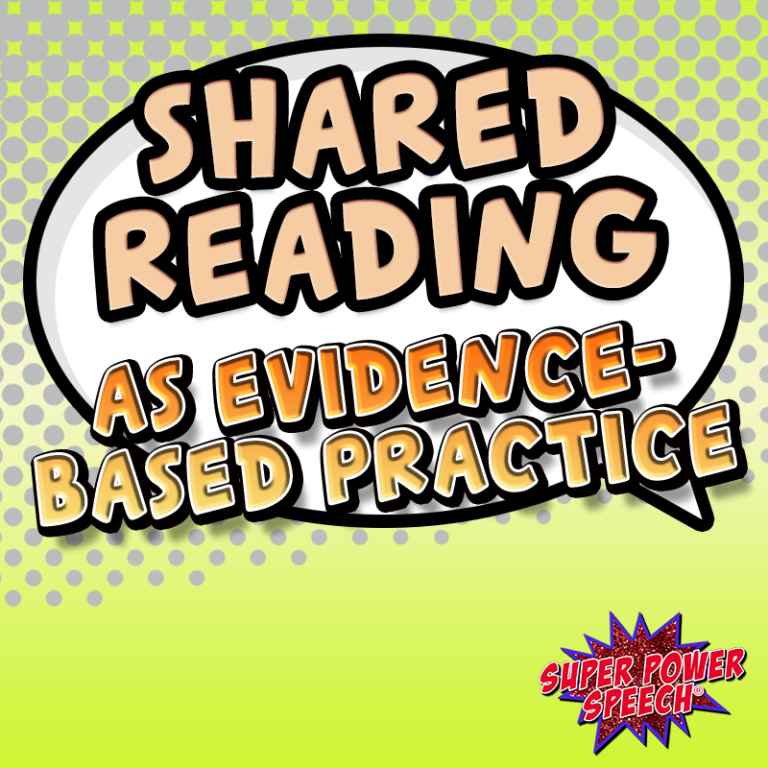
Did you know that shared storybook reading is an evidence-based practice for increasing expressive language skills? Not only does research support shared reading, but it is one of the most natural and universally known adult/child…
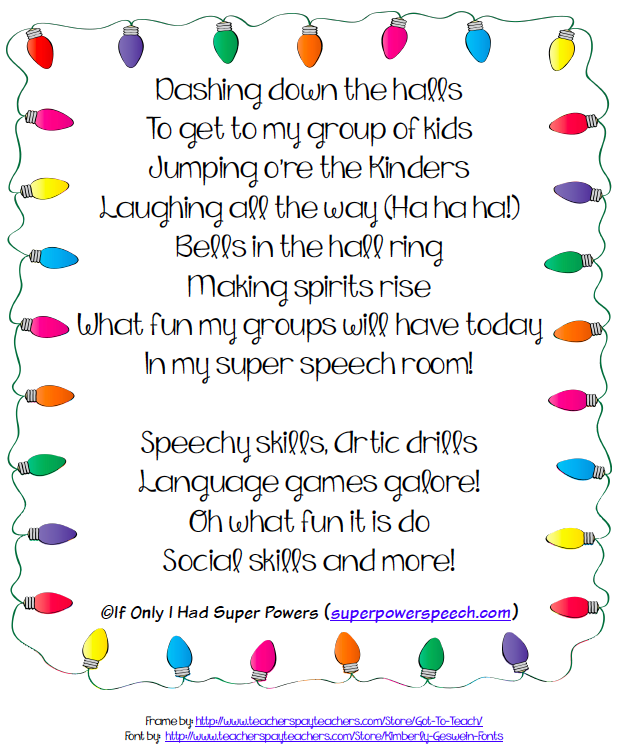
The ten best, longest, most, hardest, biggest… of my year! frame by Glitter Meets Glue Designs Most Fun Post to Write: Jingle Bells (Speechy Style)— I love creating fun rhymes and plays on words to…
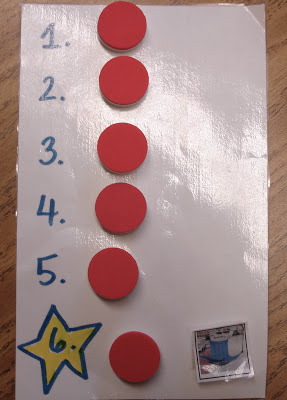
Behold, the Token Board! But what is it? A token board is a visual way of encouraging a repeat behavior. Like a star chart, but very re-usable. For my purposes, when a child answers correctly…
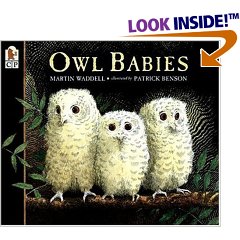
Disclaimer: This post contains Amazon affiliate links. This is an adorable young children’s book about 3 baby owls. They wake up one night to find their mother missing. Each page you overhear the owls’ thoughts…
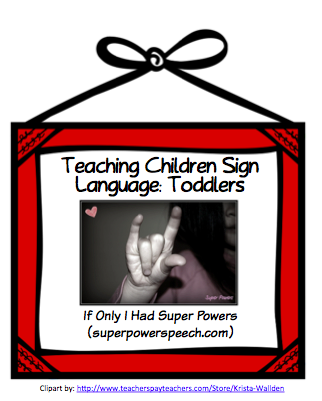
This is the second post in a series on “Teaching Children Sign Language” about how I have taught my own children and students some sign. To read the first post, go here. (Disclaimer: This post…
Comments are closed.
Great idea! The large core board is a great way to get the staff involved with using the core vocabulary to communicate throughout the classroom day. I was just wondering, when you manipulate the core words, you use present them left to right? or does it matter? I noticed your presentation was right to left. Please let me know. Thank you!!!!
I try to present them in the order the student would read them (if they were a reader)